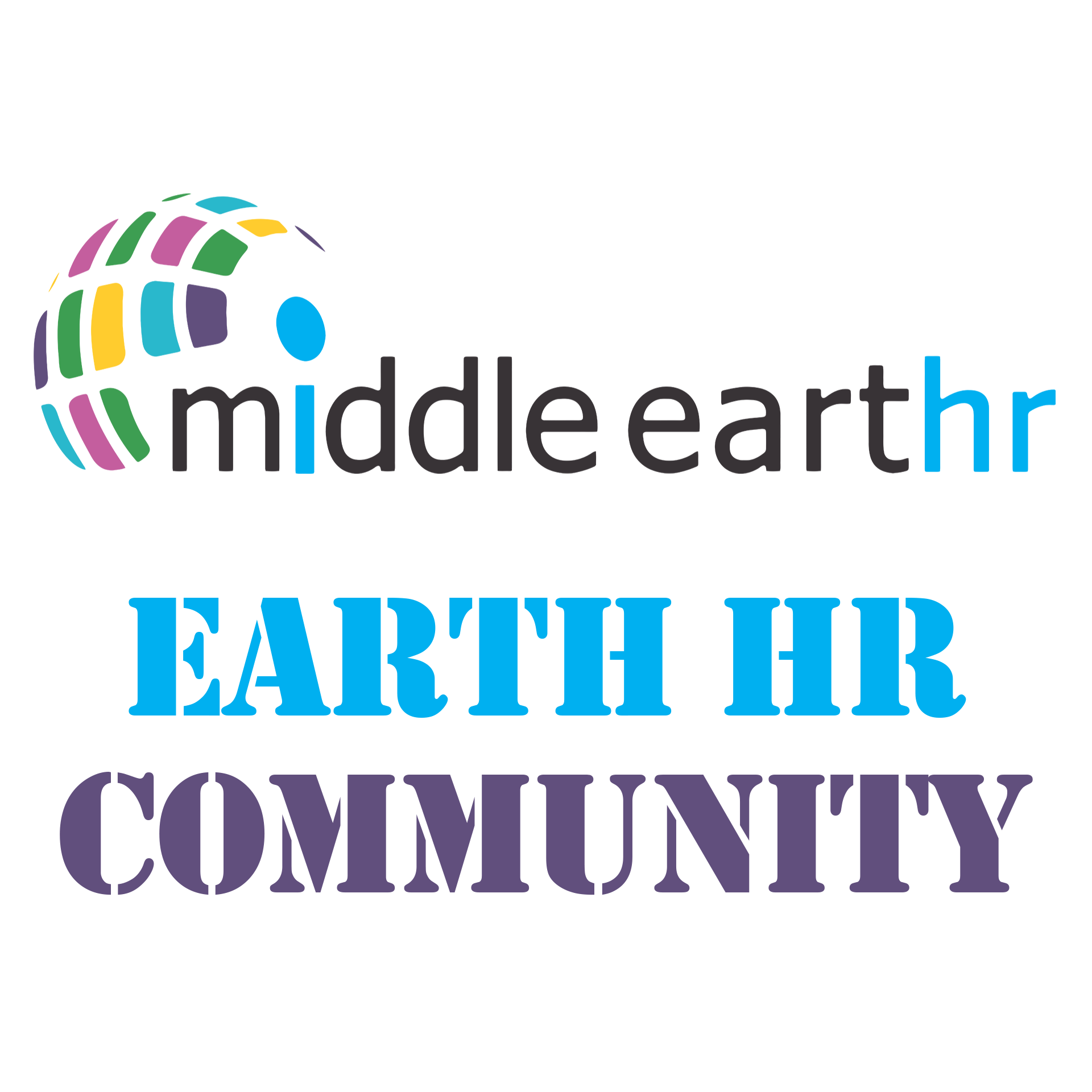
-
entries
0 -
comments
0 -
views
123
About this blog
“Information is the oil of the 21st Century and analytics is the combustion engine”
-Peter Sondergaard (Gartner Research)
In a time like today, the above statement fits in so aptly. We all have heard and witnessed data controversies, huge deals, new avenues of business, tremendous amount of money involved, like Facebook buying WhatsApp for a whopping $19billion*OR Microsoft acquiring LinkedIn for $26.2* billion, and it is a no brainer to understand what data and taking out analysis from that data, means now. Though, having large volumes of data is not enough, the key differentiator is the analytical ability to get meaningful results out of that data and having probabilities /predictions.
Organisations have realised the importance of data analytics and the strategic advantage it can give to HR who is in possession of large amount of data related to candidates, employees, vendors etc and can play a strategic and overall development role.
Workforce Analytics is the most relevant aspect which organisations deploy to make informed HR decisions by studying employee behaviour and various patterns it reflects, going beyond the decisions made with instincts or some written evaluations, earlier.
For example, Predictive Analytics can be used by HR professionals for new hires to keep a tab on attrition, where Predictive Analytics takes into consideration employment durations, qualifications, performance ratings, promotion time frame, time spent in a particular role etc. reaching to a conclusion of their engagement with the organisation, which in turn can impact the attrition. The results from this predictive analysis can help in identifying those employees who are in high attrition probability.
This can be taken further by using Prescriptive Analytics for employees, which examines experiences, work profile, interest levels, aspirations and some other parameters to plan out an engagement plan for those employees who are red flagged, in order to create opportunities to better connect with the current organisation and develop a bond.
Though having a strong advantage of HR analytics in strategic growth it is still is at an emerging stage in Indian HR domain, where mostly large organisation is using it and some are using at a surface level. Undoubtfully, it is just a question of time, where it will become imperative and deep rooted in every organisation.
Some Global Statistical Data#
|
% of Respondents |
Description |
|
55% |
Need help in putting basic HR analytics in practice. |
|
73% |
Say people analytics will be a major priority for their company over the next 5 years. |
|
242% |
Percentage increase in HR pros with data analysis skills over the last 5 years. |
|
82% |
Mentions, measuring employee performance as most preferred HR analytical tool. |
*Source: Google
# Source: LinkedIn Global Talent Trends Report 2020
